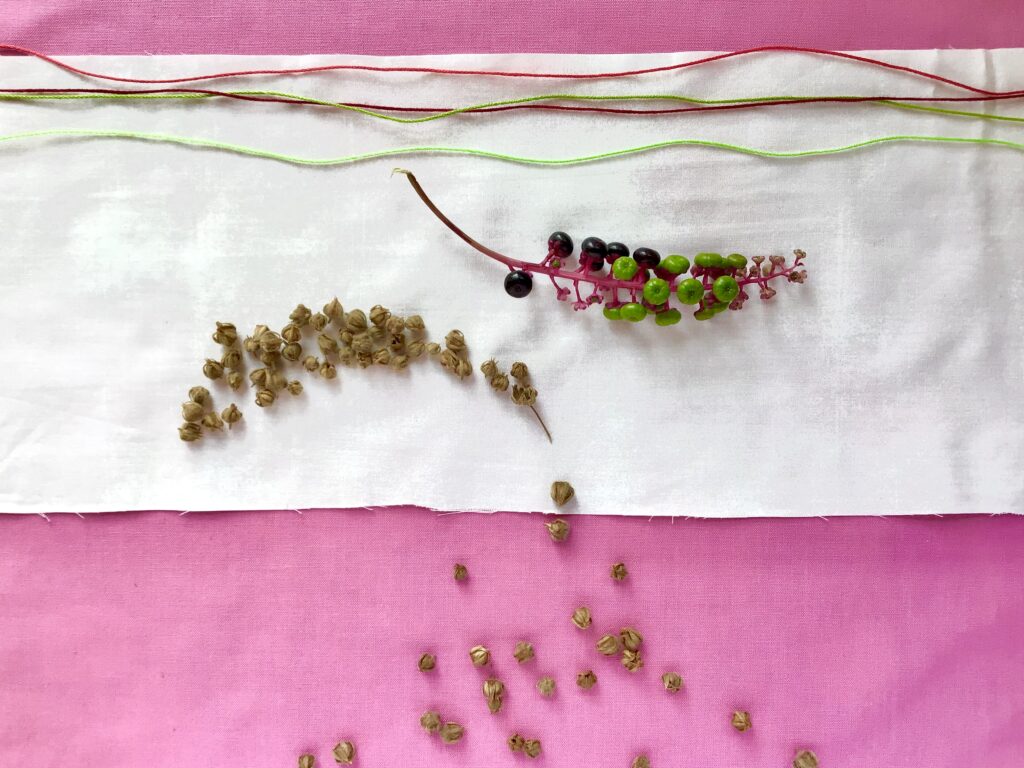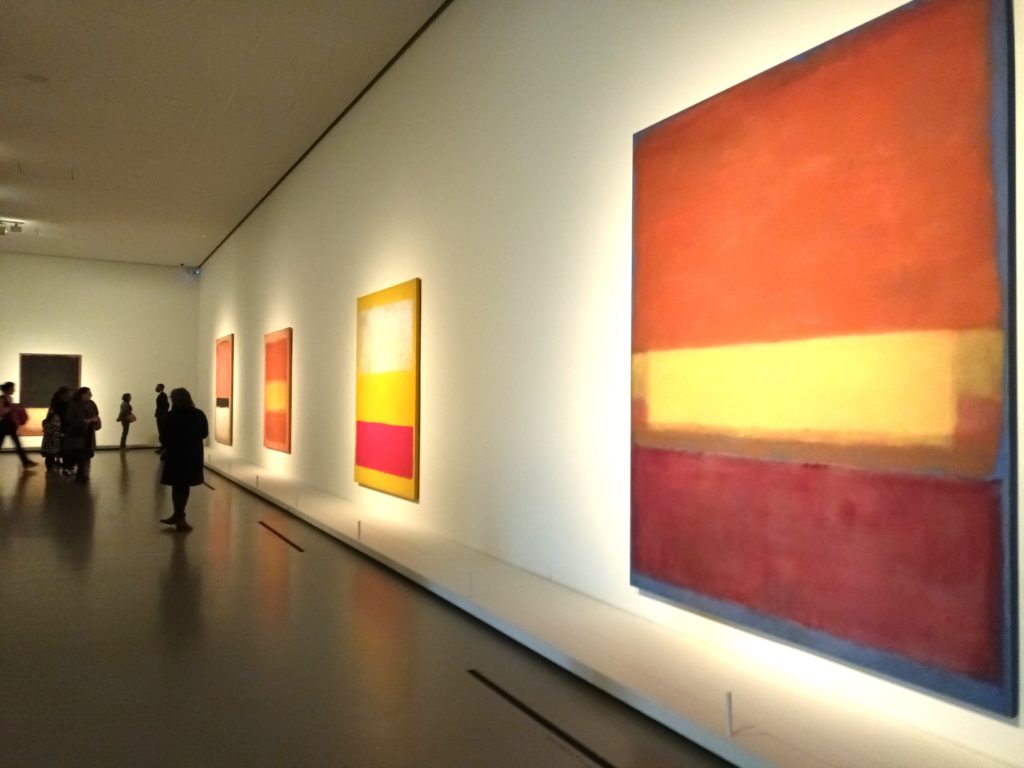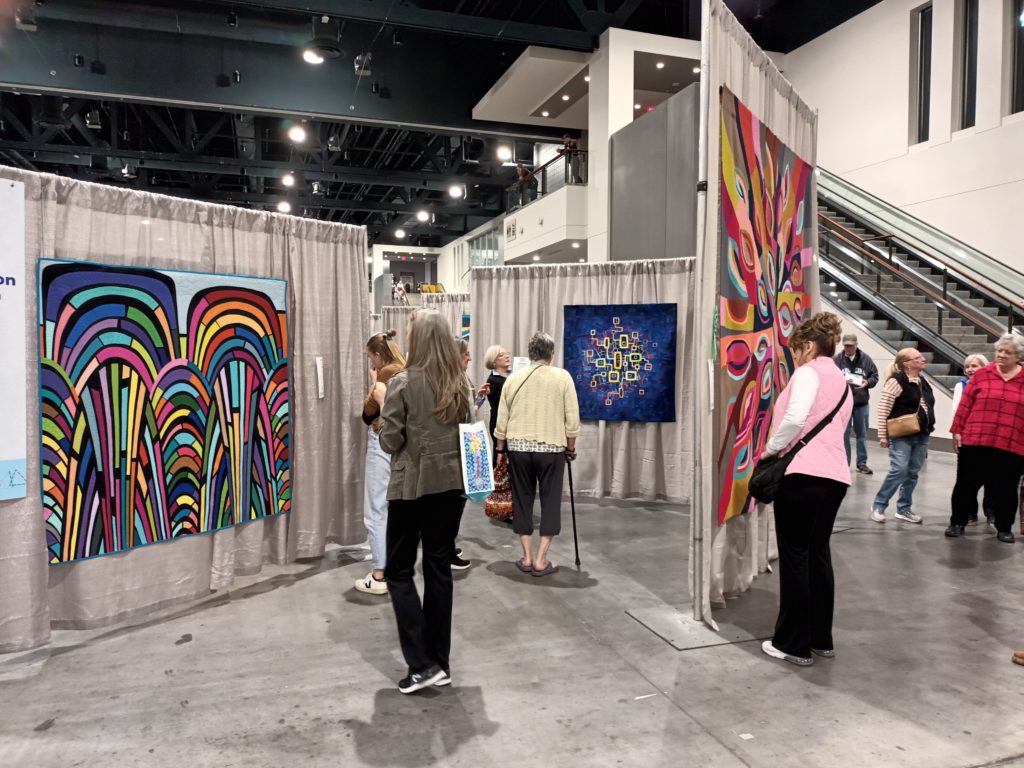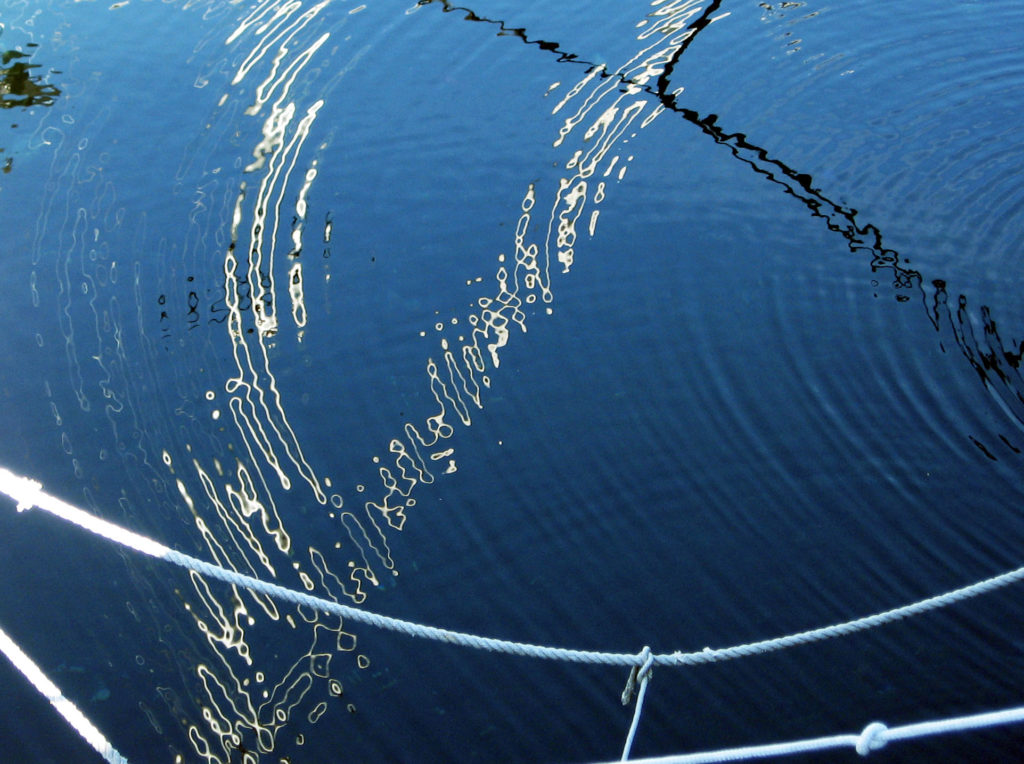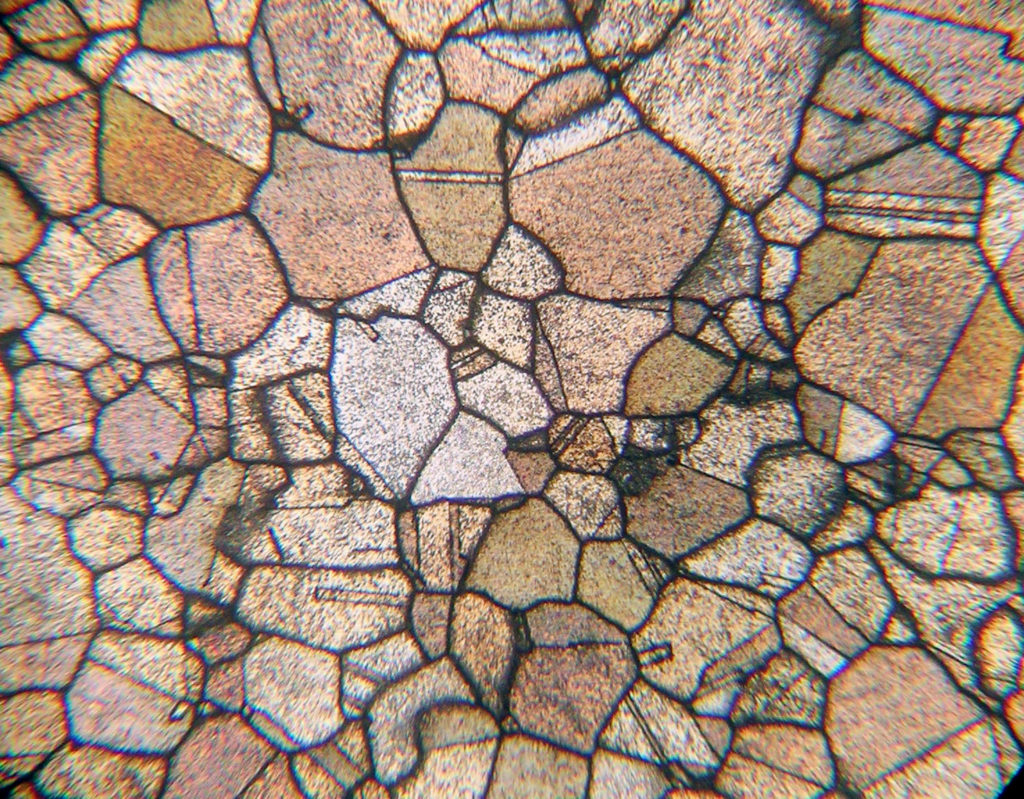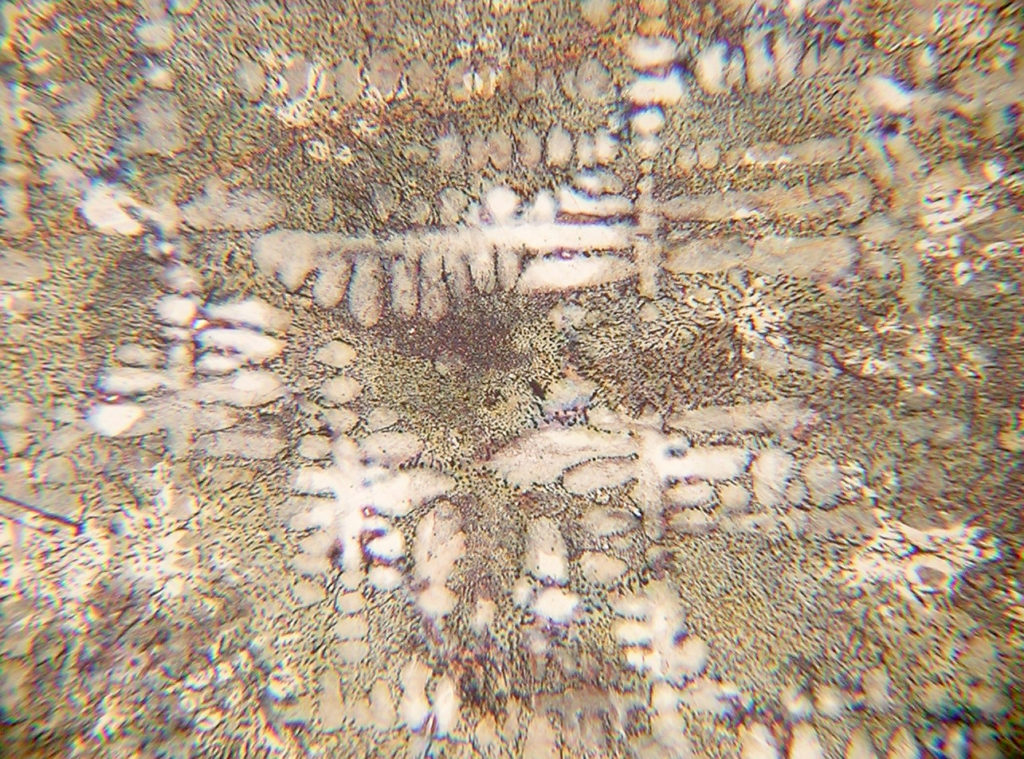I compared my past photos of scraps and seeds (exercise on composition) and my past quilts. And I discovered that I have some recurrent composition preferences.
So, I started to wonder. Do I repeat myself?
Thus, I checked my backlog of photos.
I found at least 15 composition types, here below are shown the most evident types.





This reassured me: maybe I’m not repeating myself too much.
Thanks to the quilting friends who sent me a small white envelope with their quilting scraps. One day I received two letters in the same afternoon, by Linda @flourishingpalms and Gigi @gigi.v13. It’s wonderful to be connected in this way even if we are overseas.

The two images below use a rotational symmetry and echoing of a shape, that was created by somebody else: in this case a shape from a small piece received by Ally Ryde. I didn’t choose on purpose to use this format of composition: it was spontaneous, at the beginning; but now, in retrospect, I find interesting to discover that I was influenced by somebody else’s shape.


These scraps will be valuable for me, to continue exercising on composition types. Maybe I can find more ways to fill the space. It’s impossible for me to totally repeat myself, if the scraps I’m using are different, because they are your scraps and not my scraps.
So, with your input, I’m safe!







